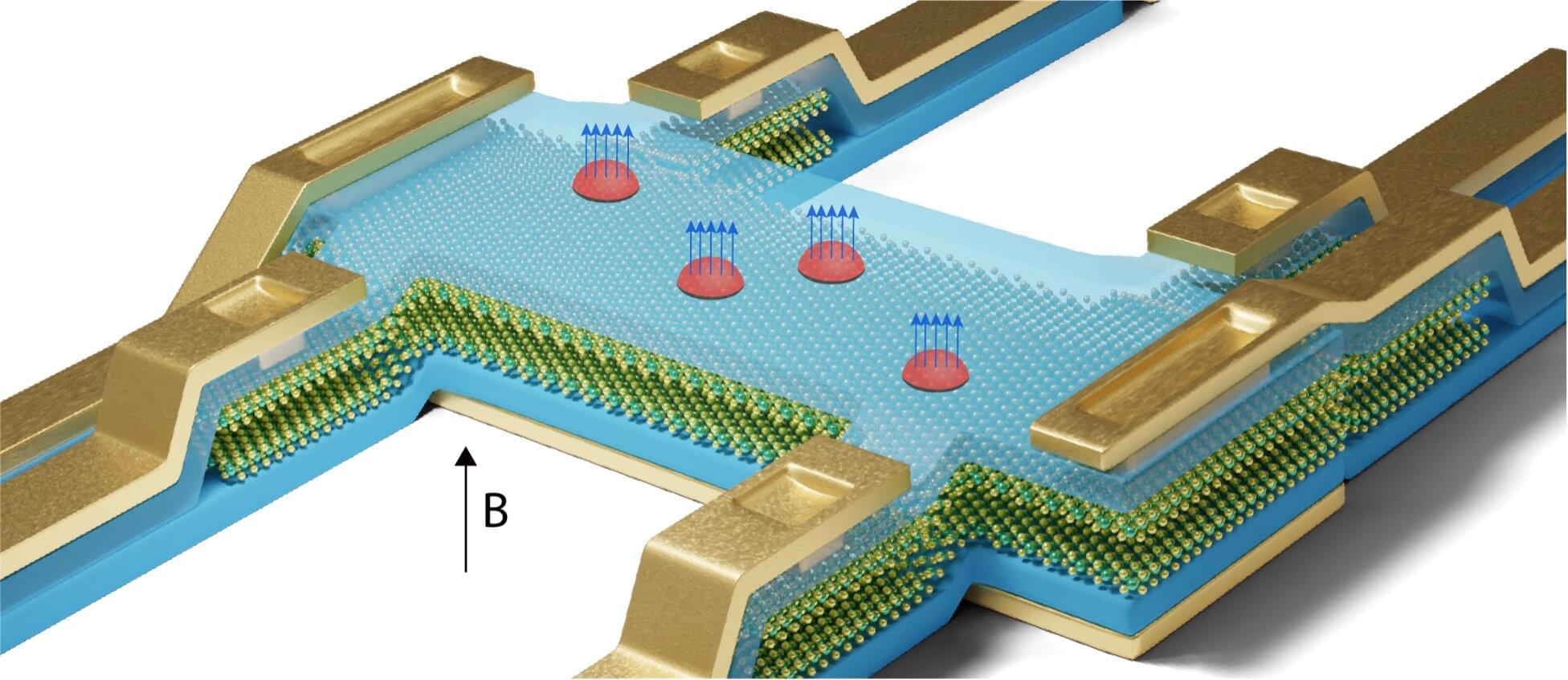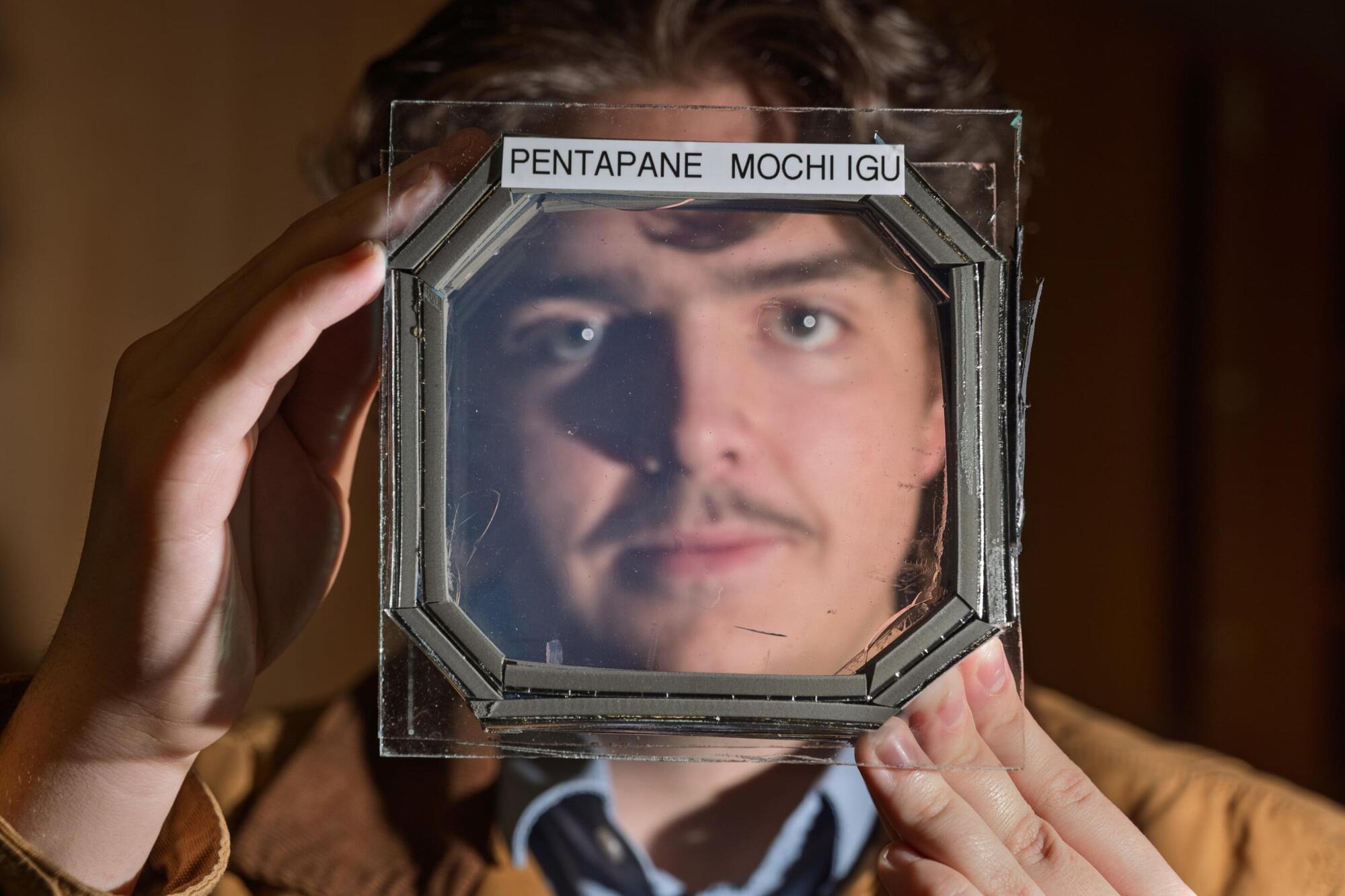You’ve probably grown up accepting that your thoughts, feelings, and inner awareness all emerge from the firing of neurons in your brain. It’s what science has taught us for decades. Your consciousness is simply what happens when billions of brain cells communicate. Simple enough, right?
What if you’ve been looking at this backwards the whole time? What if the entire universe has been trying to tell you something fundamentally different about the nature of reality itself?
A materials science professor from Uppsala University recently published a framework that proposes an entirely new theory of the origin of the universe. Here’s where things get interesting. This framework presents consciousness not as a byproduct of brain activity, but as a fundamental field underlying everything we experience, including matter, space, time, and life itself.









